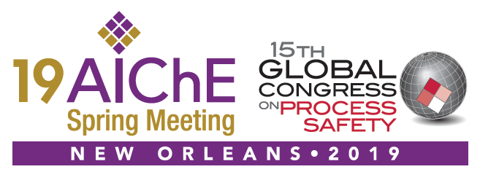

PSCR Procedure
The requirement that ‘management must ensure that existing and new personnel have the required competencies’ seems reasonable and relatively simple; however, the implications for an organization are significant. What are the required competencies? Who needs to have them? How does management ensure that new and existing personnel have them? To answer these questions in a transparent and robust manner, the company produced a PSCR Procedure. This procedure defines the process safety critical roles, the competency level required for each role in four areas (process safety leadership, risk identification, risk management, review and improvement), the method of demonstrating required competencies, and the application of organizational change involving PSCRs.
Learning and Development Program
Based on the requirements of the PSCR Procedure, the Learning 10 and Development Program was developed. In 2016, 250 PSM courses were delivered to 4000 people; and in 2017, 50 courses were delivered to 800 people. Two hundred leaders in Skilled and Mastery roles have received PSM coaching. In 2017, 92% of people in PSCRs were assessed 15 as competent. The 2017 employee survey found that one of the company’s key strengths is that ‘employees understand their role in process safety’.
Line led, risk based
Cultural transformation focused on process safety being line led and risk based including improvement of operational discipline (everybody doing it the right way, every time) and turning this management system into reality. ‘Line led’ is requiring line managers (assets, projects and functions) to work with the mindsets and behaviors that visibly demonstrate a commitment to process safety and integrating PSM with other business priorities such as production, cost and people. ‘Risk-based’ is about making better decisions, and allocating resources and focus based on risk.
Risk reduction
Because of their low probability, the best indicator of future PSM performance is not historical events, but the strength and robustness of PSM systems that effectively reduce risk. Operational Discipline is required to drive implementation of these risk reduction processes. Metrics that measure operational discipline are a leading indicator of future performance. A suite of process safety metrics was developed to measure the implementation of the PSM Framework. An example below demonstrates risk reduction through improved operational discipline, as well as the challenges of improving and sustaining the change.
Outstanding technical integrity (TI) work orders
A leading indicator of risk and operational discipline is the number of overdue TI work orders. These are maintenance or operations work orders that have been classified as TI and therefore critical to the PSM program. The majority (>99%) of these overdue work orders have an approved date deviation, meaning that a risk assessment has been done and the extension beyond the due date has been approved by an appropriate person. Reducing the number of outstanding TI work orders reduces cumulative risk by taking rather than postponing action and is a measure of how robustly maintenance strategies are being implemented. Fully executing the maintenance program requires the commitment and discipline of not just maintenance, but also the operations and
engineering functions. Approximately 62% reduction in overdue TI work orders was achieved showing improvement in operational discipline over two years.
Conclusion
A ‘line led, risk based’ mindset was introduced through the Learning and Development Program based on adult learning principles that included e-learning, instructor-led training and follow up coaching. Demonstrable improvements were realized based on lagging indicators (Tier 1 and 2 events) and a suite of leading indicators.
Presenter(s)
Language
Pricing
Individuals
| AIChE Member Credits | 0.5 |
| AIChE Pro Members | $19.00 |
| Employees of CCPS Member Companies | Free |
| AIChE Graduate Student Members | Free |
| AIChE Undergraduate Student Members | Free |
| AIChE Explorer Members | $29.00 |
| Non-Members | $29.00 |
